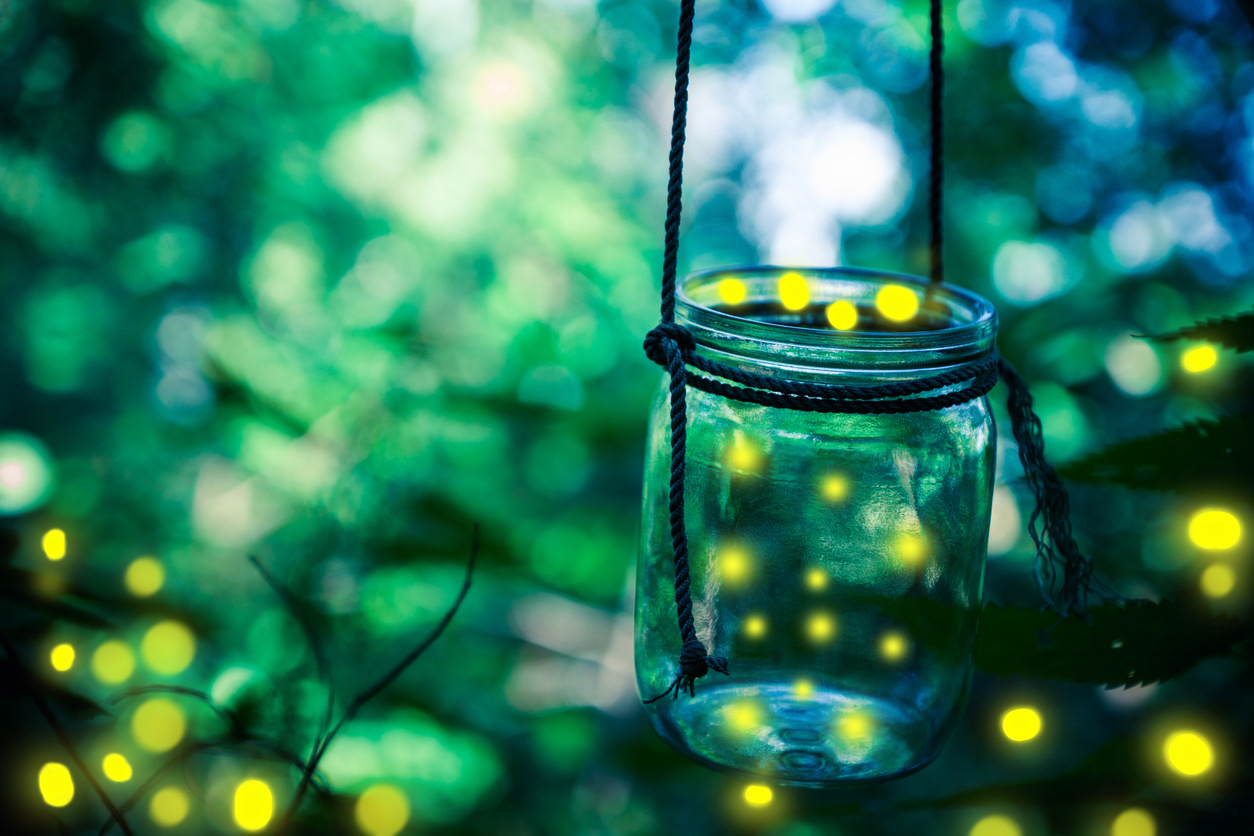
The Facts About Fireflies (and What Makes Them Light Up!)
When you see a group of fireflies lighting up as the sun sets, it truly is a remarkable sight to see.
Even though this insect is a staple in cartoons and movies, how much do you really know about them?
Chances are not much, and we’ll bet that you’re dying to know how they’re able to light up…
1) Fireflies Aren’t Actually Flies
We’re starting off this list with a doozy — fireflies are actually beetles, not flies! To make things more confusing, not all fireflies are winged (most are).
When these bugs don’t have wings, they’re often referred to as one of the many species that make up “glowworms” (even though they’re not actually worms). Confusing, yes. But very interesting!
2) The Light is a Chemical Reaction
Most fireflies are capable of glowing, and those that do have light organs located beneath their abdomens. Within their bodies, oxygen will mix with a pigment known as luciferin — while being in the presence of magnesium ions.
As a result, this chemical reaction creates the light (and with very little heat). The light most commonly seen is a shade of yellow, but can also be a green or orange color.
3) Having Bad Blood is Their Protection
No, they aren’t just sour because they had an argument with an old friend. They actually have bad blood! Firefly blood contains lucibufagins. This defensive steroid has an extremely terrible taste, making them unattractive toward potential predators.
A predator might try to go after a firefly once — but that will certainly be the last time it does once it learns the hard way.
4) They Have a Diet That Varies
Not all fireflies eat the same things. As larvae, this glowing insect will feast on garden slugs, snails, and worms. Once fireflies reach adulthood, they will switch their diets and begin to consume pollen and nectar.
However, there is a small portion of fireflies that will not make this switch and will continue to eat other insects — unfortunately, they will eat other types of fireflies!

